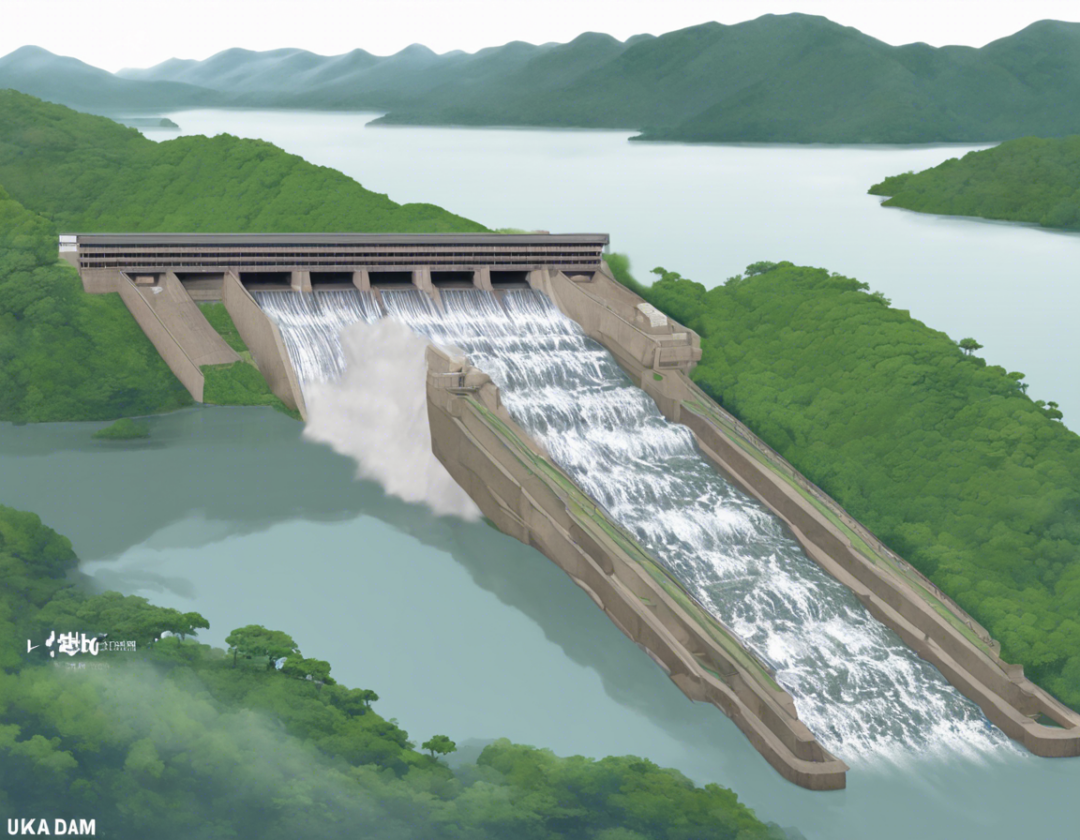Introduction
The UKAI Dam in Gujarat, India, is a vital structure that regulates water supply for irrigation, hydroelectric power generation, and drinking water to surrounding areas. Monitoring the water level of the dam is crucial for authorities to ensure efficient water management and make informed decisions regarding water release, flood control, and overall dam safety.
Importance of Monitoring UKAI Dam Water Level
Monitoring the UKAI Dam water level provides critical information for a variety of stakeholders:
-
Water Management: Understanding the water level helps manage water distribution for agriculture, urban areas, and industrial use.
-
Flood Control: Monitoring allows authorities to release water strategically, reducing the risk of flooding during heavy rainfall.
-
Hydropower Generation: Maintaining optimal water levels is essential for maximizing hydropower production.
-
Dam Safety: Regular monitoring helps in detecting any anomalies or potential risks to the dam’s structural integrity.
Technologies for Monitoring UKAI Dam Water Level
Several technologies are utilized for monitoring the UKAI Dam water level:
-
Ultrasonic Sensors: These sensors use sound waves to measure the distance between the sensor and the water surface, providing accurate water level data.
-
Radar Technology: Radar sensors emit radio waves to determine the water level by evaluating the signal’s reflection.
-
Pressure Transducers: These devices estimate water level by measuring the pressure exerted by the water column.
-
IoT-based Systems: Internet of Things (IoT) technologies enable real-time monitoring and data transmission for remote access and analysis.
Implications of Water Level Changes
Fluctuations in the UKAI Dam water level have various implications:
-
Water Scarcity: Low water levels can lead to water scarcity, affecting agriculture, drinking water supply, and industrial operations.
-
Flood Risk: High water levels raise the risk of flooding in downstream areas, necessitating proactive measures.
-
Ecological Impact: Water level changes can impact aquatic ecosystems, affecting biodiversity and fisheries.
-
Infrastructure Damage: Sudden changes in water levels may damage infrastructure such as bridges, roads, and buildings.
Monitoring and Reporting
Regular monitoring of the UKAI Dam water level involves collecting data at frequent intervals and analyzing trends over time. Reporting mechanisms ensure that relevant stakeholders receive timely updates on the water level status. Automated alerts can be set up to notify authorities of any sudden deviations from the norm, enabling prompt action.
Challenges in Water Level Monitoring
Monitoring the UKAI Dam water level poses some challenges:
-
Accuracy: Ensuring accurate measurements is crucial for effective water management and decision-making.
-
Data Interpretation: Analyzing vast amounts of data requires advanced tools and expertise to derive meaningful insights.
-
Environmental Factors: External factors like rainfall, temperature, and sedimentation can influence water levels, necessitating careful consideration.
-
Maintenance: Regular maintenance of monitoring equipment is essential to ensure reliable operation and data quality.
Future Trends in Water Level Monitoring
The future of monitoring the UKAI Dam water level is likely to witness the following trends:
-
Integration of AI and Machine Learning: AI algorithms can enhance data analysis and predictive modeling for more accurate water level forecasts.
-
Remote Sensing Technologies: Satellite imagery and drones can supplement on-ground sensors for comprehensive monitoring.
-
Real-time Data Visualization: Advanced visualization tools enable stakeholders to monitor water levels in real time and make informed decisions.
-
Sustainable Water Management: Emphasis on sustainable practices will drive innovations in water level monitoring to support efficient resource utilization.
FAQs (Frequently Asked Questions)
- How often is the UKAI Dam water level monitored?
-
The UKAI Dam water level is monitored continuously, with data collection at regular intervals throughout the day.
-
Who is responsible for monitoring the UKAI Dam water level?
-
The Gujarat Water Resources Department is primarily responsible for monitoring the UKAI Dam water level and coordinating relevant actions.
-
What are the potential risks of ignoring fluctuations in the UKAI Dam water level?
-
Ignoring water level fluctuations can result in water shortages, flooding, infrastructure damage, and ecological harm.
-
How do authorities use water level data for decision-making?
-
Water level data enables authorities to manage water distribution, plan for flood control measures, optimize hydropower generation, and ensure dam safety.
-
Are there any public platforms where the UKAI Dam water level data is shared?
- Yes, some authorities may share UKAI Dam water level data on official websites or through public portals for transparency and awareness.
Conclusion
Monitoring the UKAI Dam water level is a critical task that impacts water management, flood control, hydropower generation, and overall dam safety. Leveraging advanced technologies, data analysis tools, and proactive measures can help stakeholders make informed decisions and ensure sustainable water resource utilization. By staying vigilant and responsive to water level changes, authorities can safeguard communities and ecosystems relying on the UKAI Dam for water supply and protection.

